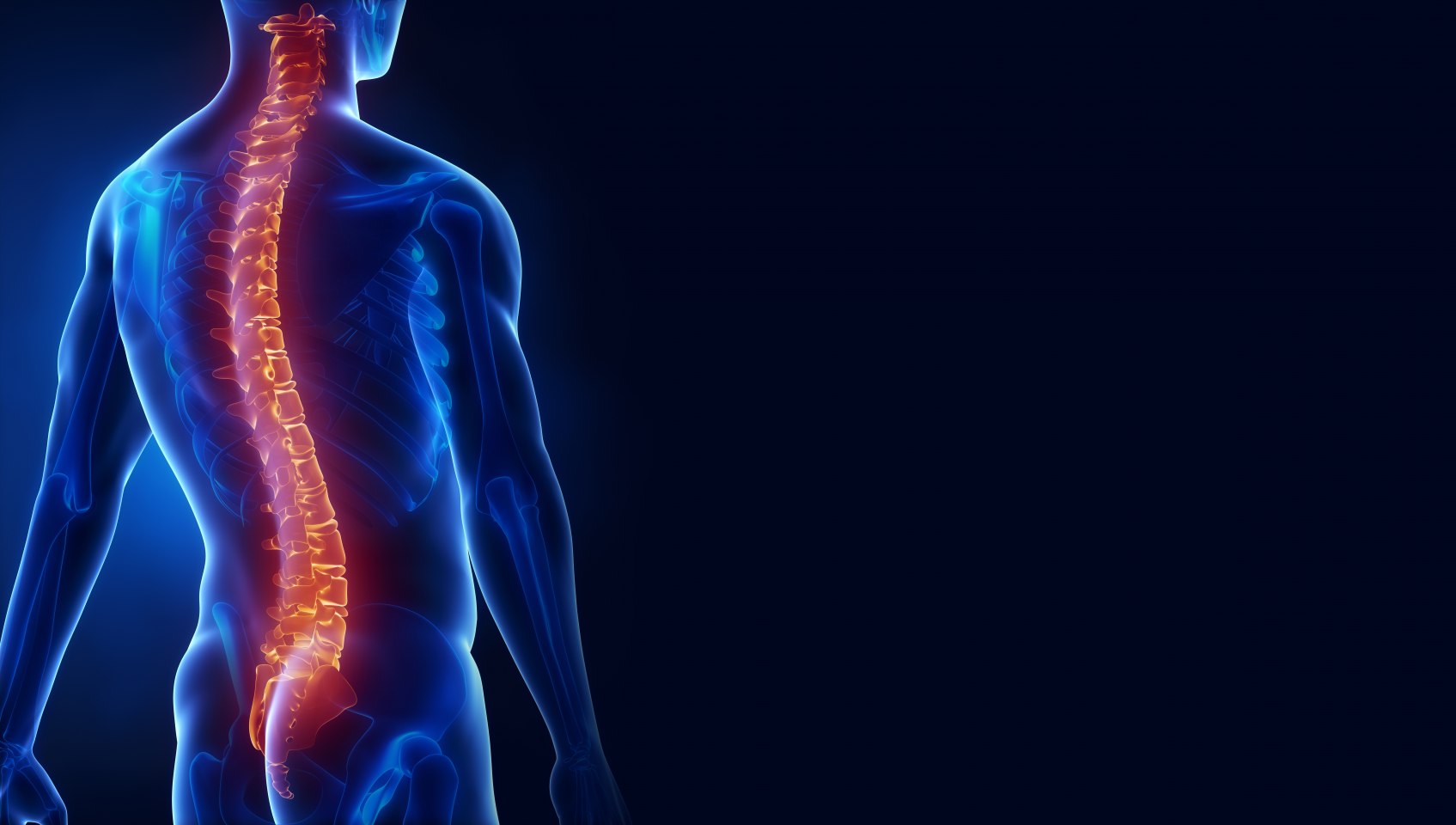Leg Length Inequality

In his medical column, Dr. George Sheehan, MD wrote about the short leg found in most of the population. Running injuries are almost always unilateral. One knee has chondromalacia. One Achilles has tendinitis. One hamstring muscle pulls. One hip has a stress fracture. Overuse syndromes of the lower extremities rarely involves both sides of the body.
Yet we are structured to be symmetrical. A majority of us have some difference between the right and left sides of our body. That difference is often in the length of our legs.
A short leg is so common, it is thought to be of no consequence. Nevertheless more and more studies indicate that leg discrepancy can cause or contribute to many running and cycling injuries.
ACCURATE MEASUREMENTS
Any consideration of leg length inequality must presume accurate measurements. Errors in estimating leg length difference are however, the rule than the exception. Chiropractors whose practice is based on symmetry in the spine are much better at diagnosing leg length difference and treating it.
In a study in Finland by Dr. Ora Friberg, he found a significant finding was the predominance of symptoms on the long leg side. Of the 228 patients with sciatica 78 percent had radiation of pain into the longer extremity. Of the 254 patients with chronic hip pain, 89 percent had the pain on the side of the longer extremity. In only 11 percent was a pain in the hip on the shorter side.
The medical profession treats the short leg with heel lifts. This can often help symptoms, but the heel lift only locks in the short leg. Chiropractors adjust the spine to align it and balance the pelvis and leg length to help the cause of the short leg. When the spine is out of alignment, it can irritate the nervous system, which then muscularity contracts the leg length, causing a short leg. When a chiropractor aligns the spine and leg length, he or she can relieve sciatica, low back pain, hip pain, constipation and many other related health problems.
Our bodies are designed to be symmetrical with balanced leg length. When this is ignored, it can lead to hip and knee replacements, degeneration of the lumbar spine and their discs.
It is important for our health to maintain spinal alignment, with proper pelvis and leg length balance. This will help us stay pain free, youthful and active throughout our life.
Dr. Steven N. MacDonald, D.C.
